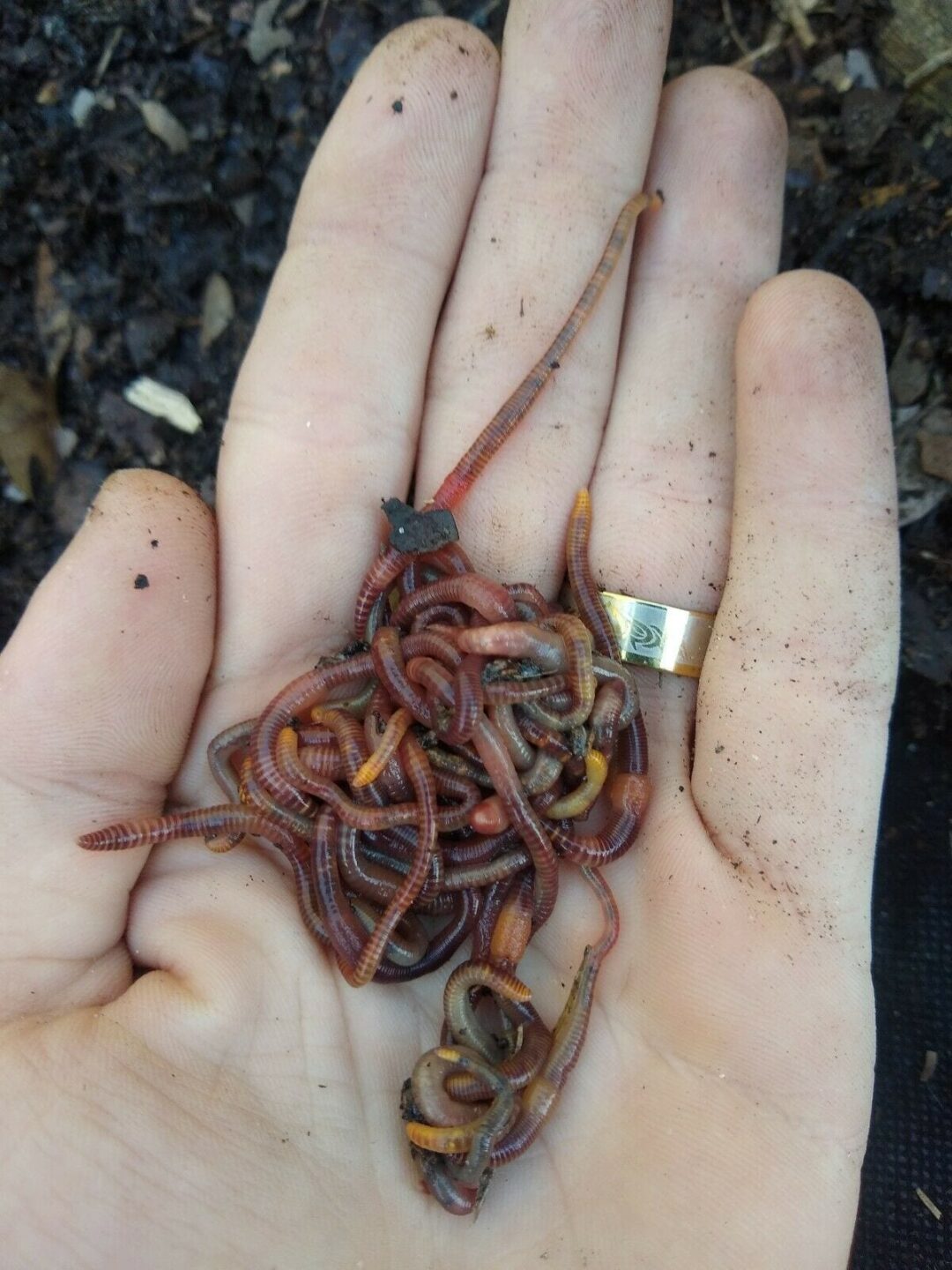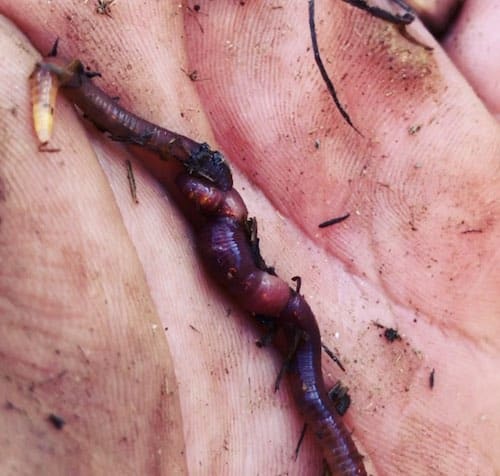Red Wigglers: The Unsung Heroes of Organic Waste Recycling
Red wigglers, or Eisenia fetida, serve as important representatives in the natural waste reusing procedure, changing thrown out materials right into beneficial vermicompost. As the world increasingly seeks services to combat waste accumulation and improve agricultural performance, understanding the function of these worms ends up being vital.
What Are Red Wigglers?
The remarkable durability of red wigglers, medically called Eisenia fetida, underscores their crucial duty in natural waste recycling. These tiny, reddish-brown earthworms are usually discovered in decaying natural issue, such as compost heap and manure lots. Lake Hickory Bait. Unlike other earthworm varieties, red wigglers flourish in nutrient-rich settings and are very reliable at damaging down natural materials, making them important for vermicomposting

(Red Wiggler Express)Along with their function in waste reduction, red wigglers contribute to dirt health and wellness by improving dirt structure and aeration with their delving tasks (Lake Hickory Bait). Their presence in composting systems not only enhances decay rates however likewise advertises a lasting strategy to throw away management, illustrating their significance in ecological conservation efforts
Benefits of Composting With Worms
Composting with worms, particularly red wigglers, provides various advantages that enhance both waste management and soil health. These worms efficiently break down natural waste, transforming it right into nutrient-rich vermicompost that enriches dirt. This process increases disintegration, enabling for a quicker recycling of kitchen scraps and other natural products compared to conventional composting methods.
Additionally, the vermicompost generated by red wigglers is bristling with beneficial microbes, which assist enhance soil framework, oygenation, and wetness retention. This enhances the total health and wellness of plants, promoting vigorous development and enhanced yields in yards and agricultural setups. In addition, making use of worms in composting reduces the production of greenhouse gases, such as methane, adding to an extra sustainable waste management system.

Just How to Begin Vermicomposting
Developing a vermicomposting system is an uncomplicated process that can yield considerable advantages for both waste management and soil enrichment. To start, choose an ideal container, such as a plastic container or wood box, with ample air flow openings to ensure proper airflow. The dimensions should ideally be around 2 feet by 3 feet, allowing ample space for the worms to thrive.
Next, prepare bedding material, which can consist of shredded paper, cardboard, or coconut coir. This bed linens should be dampened to develop an ideal environment for the worms. When the bed linen is in place, introduce red wigglers (Eisenia fetida) right into the container, commonly around one extra pound of worms for every single square foot of area.
Complying with the placement of worms, include organic waste, such as fruit and vegetable scraps, coffee premises, and smashed eggshells. With these steps, you will properly start a vermicomposting system that contributes to lasting waste administration and improves your dirt.
Maintaining a Healthy And Balanced Worm Container
(Lake Rhodhiss Bait)Keeping a worm container flourishing calls for routine focus and care to make certain the health and wellness of the red wigglers and the performance of the composting process. Correct maintenance starts with keeping track of the dampness degrees; the bin needs to be damp however not saturated. A great regulation of thumb is to maintain an uniformity comparable to a wrung-out sponge.
Oygenation is crucial. Carefully blending the bed linens and food scraps every few weeks stops compaction and makes certain that all worms have access to oxygen. Additionally, it is necessary to feed the worms suitably. A well balanced diet of fruit and veggie scraps, coffee premises, and smashed eggshells should be provided in small amounts to stay clear of overfeeding, which can lead to odors and insects.
Temperature policy is one more crucial facet. Red wigglers grow in an array of 55 to 77 levels Fahrenheit. If the container comes to be too hot or cold, the worms may end up being stressed - Lake Hickory Bait. Finally, occasionally inspect for signs of health and wellness, such as worm populace development and the existence of healthy and balanced castings. By faithfully taking care of these factors, one can keep a durable and effective worm container.
Influence On Sustainable Living
The successful upkeep of a worm container not only benefits the wellness of red wigglers yet likewise contributes significantly to lasting living methods. By recycling natural waste, such as kitchen area scraps and lawn debris, red wigglers aid divert substantial quantities of material from land fills. This decrease in waste not only lowers greenhouse gas discharges but additionally reduces the ecological problem connected with waste administration.
Moreover, the spreadings created by red wigglers function as a nutrient-rich organic plant food, improving dirt health and wellness and promoting plant development. This natural option to chemical fertilizers browse around this site sustains lasting agriculture and horticulture methods, lowering reliance on artificial inputs that can harm ecosystems. In addition, worm composting fosters recognition of waste management, motivating people and neighborhoods to embrace more lasting practices.

Conclusion
In recap, red wigglers offer as important contributors to natural waste reusing with their efficient decomposition of natural products. By integrating vermicomposting right into waste monitoring methods, individuals and areas can dramatically minimize waste while promoting environmental sustainability.